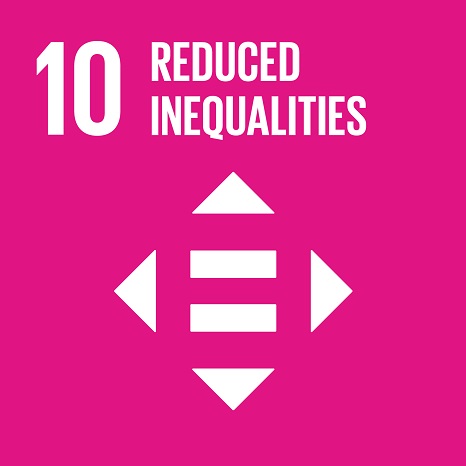Ciência_Iscte
Publications
Publication Detailed Description
Edgar Cardoso’s bridge at Quiamafulo, Angola. Design and construction in the late 1950’s of the third viaduct across the River Cuanza
Journal Title
Construction History
Year (definitive publication)
2023
Language
English
Country
United Kingdom
More Information
Web of Science®
Scopus
Google Scholar
This publication is not indexed in Overton
Abstract
Designed by the leading Portuguese civil engineer Edgar Cardoso, the Quiamafulo Bridge was the third road viaduct to span the Cuanza River in Angola, and the one closest to the country’s capital, Luanda, therefore shortening distances to its sparsely populated hinterland. Located upstream from where the Cambambe dam and hydroelectric facility was being constructed, the Quiamafulo Bridge remained in use until it became submerged in 2017, following the augmentation of that hydroelectric facility, and the resulting enlargement of its reservoir. This called for a fundamental study on this bridge, which eminently served the Angolan road network for more than half a century, focusing on its project and construction. Since bridges take part in larger systems – as river basins do - notes are given on other viaducts built across the Cuanza during the Portuguese colonial period in Angola. Research drew upon previously unpublished sources archived at Lisbon’s Arquivo Histórico Ultramarino (AHU), and from Cardoso’s engineering company; through delving into newspapers published when the dam and bridge were built; comparing this bridge with other structures from that period by Cardoso; and on-site visits.
Acknowledgements
--
Keywords
Quiamafulo Bridge,Edgar Cardoso,River Cuanza,Angolan road network,Cambambe Dam,Hydroelectricity in Angola
Fields of Science and Technology Classification
- Civil Engineering - Engineering and Technology
- History and Archeology - Humanities
- Arts (arts, history of arts, performing arts, music) - Humanities
Contributions to the Sustainable Development Goals of the United Nations
With the objective to increase the research activity directed towards the achievement of the United Nations 2030 Sustainable Development Goals, the possibility of associating scientific publications with the Sustainable Development Goals is now available in Ciência_Iscte. These are the Sustainable Development Goals identified by the author(s) for this publication. For more detailed information on the Sustainable Development Goals, click here.

 Português
Português




